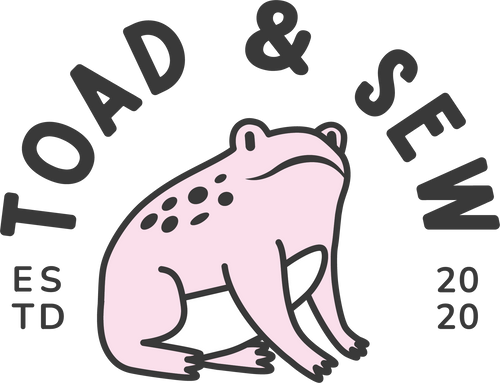When I first designed the Relativity Quilt, I think I was in search of a quick pattern that kind of rebelled against the modern quilting world. I really wanted somewhat of an art piece that I could hang on my wall. My friends and family quickly fell in love with the design - I think mostly because they could relate to it, as opposed to other quilting patterns. When I first started really drawing in high school, I was somewhat obsessed with M.C. Escher - his work spoke to me in a way I can’t really explain. Over the years my drawing style did not resemble his work in the slightest, though, he was definitely a major influence on this pattern design. I took his ‘stairs to nowhere’ concepts and brought them to life in the form of a bright and colorful quilt. Most of his work is in all black and white but I LOVE color and this is the perfect quilt to show some good old color theory techniques off! Read on for a brief intro on color theory techniques that you can directly apply to your quilting.



Now Let’s Talk Details…
Picking Out Colors….
Honestly, this may be the most challenging part of this pattern! You can start out by using the B/W filter on your mock-up, coloring sheet, or fabric pull to visualize the different values of your color ideas. Once your photo is in B/W, here are some questions you can ask yourself: Is there a wide range of lights, mediums, and dark tones? Does the pattern still read even though there is no color?
Another tactic you can try is starting out with the basics - do you want warm or cool tones? A combo of both? Monochromatic?
See the image below for the different types of color combos that make a great starting point for any fabric pull!


If you look at the color wheel to the right, I marked the color concepts behind the cover quilt. Since there are a wide array of color tones in this pattern, I chose to stick to a combination of both analogous and complementary (Tetradic ) colors. The warm tones and cool tones are analogous to each other, but are also complementary to each other forming a rectangle on the color wheel. I also made sure that my values were varying across the stripes so that no color got lost and/or jumbled together. This is shown in the B/W version of the quilt - as you can see, you are still able to read the pattern, see the stripes, and even without the color it still looks great.












Love this quilt!